Comparing Custom Web Design and Template Web Design
When you need to create a website for yourself or your business, you primarily have two choices: Custom web design or template-based web design. Each option presents its own set of advantages and disadvantages, and the best choice depends on your specific objectives, resources, and budget. This extensive guide will delve into both options, detailing their definitions, pros, cons, and examples to help you make a well-informed decision.
Custom Web Design
Custom web design involves crafting a unique, personalized website from scratch to meet the specific needs of a client or business. This approach offers total control over the site's aesthetics, functionality, and user experience. Custom web design is often preferred by businesses aiming to differentiate themselves from competitors and offer a highly tailored user experience. Custom web design allows for significant flexibility in terms of design and functionality. Since the website is built from the ground up, it can include any feature or design element the client desires. This can encompass custom animations, interactive elements, unique navigation structures, and more. The result is a website that is truly unique and tailored to the specific needs of the business and its target audience.
Pros:
1. Unique, Personalized Design: Custom websites stand out because they are built from scratch, allowing full control over aesthetics and functionality. This uniqueness helps in differentiating your brand from competitors. A custom website can be designed to align perfectly with the branding and vision of your business, creating a cohesive and professional image.
2. Tailored User Experience: Customization caters to the specific needs and preferences of your target audience, enhancing user engagement and satisfaction. By understanding your audience's behavior and preferences, you can create a user experience that is intuitive and enjoyable, leading to higher engagement and conversion rates.
3. Better SEO: Custom sites can be optimized for search engines more effectively, improving visibility and ranking. Since the website is built from scratch, SEO best practices can be integrated into the design and development process from the outset. This includes optimizing site structure, meta tags, URLs, and content for search engines.
4. Extra Features and Scalability: Custom websites can incorporate complex design elements such as animations and interactive features. They can also be scaled easily as your business grows. As your business evolves, a custom website can be updated and expanded to include new features and functionality, ensuring that it continues to meet your needs.
Cons:
1. Higher Cost: Custom development is more expensive due to the time and effort involved in hand-coding everything. The cost of custom web design includes not only the initial development but also ongoing maintenance and updates. This can be a significant investment, especially for small businesses with limited budgets.
2. Longer Development Time: Building from scratch takes longer than using templates. Development can take several weeks to months. The timeline for a custom web design project can vary depending on the complexity of the design and functionality, as well as the availability of the development team. This longer development time can be a drawback if you need to launch your website quickly.
3. Frequent Updates and Maintenance: Custom websites may require regular updates and maintenance to ensure security and functionality. As technology evolves, your custom website will need to be updated to stay current with the latest web standards and security practices. This ongoing maintenance can add to the overall cost and complexity of managing your website.
Example: Consider the website of Pakistan's leading fashion brand, Khadi. Their custom site showcases intricate designs, unique features, and a seamless user experience. The website reflects the brand's identity and values, with high-quality images, custom animations, and a user-friendly navigation structure. However, it required significant investment and development time. The result is a website that stands out in the competitive fashion industry and provides an engaging and enjoyable shopping experience for customers.
Template Web Design
Template-based web design involves using pre-designed website templates to create a website. This approach offers a quicker and more cost-effective way to get a website up and running, with limited customization options. Templates are often used by small businesses, startups, and individuals who need a professional-looking website without the high cost and long development time associated with custom web design.
Templates are pre-designed website layouts that can be customized with your content and branding. They come in a wide range of styles and designs, making it easy to find a template that suits your needs. Most templates are designed to be user-friendly and easy to set up, even for those with limited technical skills. This makes template-based web design an attractive option for businesses that need to launch a website quickly and on a budget.
Pros:
1. Quick Setup: Templates allow you to get a website up and running swiftly. This is ideal for businesses that need to launch their website quickly. Since the design and layout are already done, you can focus on adding your content and branding. This can significantly reduce the time it takes to launch your website.
2. Lower Cost: Using pre-designed templates saves money compared to custom development. They often come with cost-effective bundles that include domain names and hosting. This makes template-based web design an affordable option for small businesses and startups with limited budgets.
3. Wide Range of Options: Templates offer various designs and layouts, providing a good starting point for many businesses. With so many templates available, you can find one that matches your branding and vision. This can help you create a professional-looking website without the need for custom design work.
Cons:
1. Lack of Uniqueness: Templated websites often look similar, affecting brand image and user retention. Many businesses might use the same template, leading to a lack of originality. This can make it difficult to stand out from competitors and create a memorable brand identity.
2. Limited Customization: Fixing issues related to SEO and mobile responsiveness can be challenging with templates. There may also be limitations in customizing design elements and features. Templates are designed to be easy to use, but this can come at the cost of flexibility and customization. If you need a highly customized website with specific features and functionality, a template may not be the best option.
3. Maintenance and Security: Template-based websites may not receive frequent updates, making them vulnerable to security threats. Regular updates to content management systems are crucial to prevent hacking. Templates may not be updated as frequently as custom websites, which can leave them vulnerable to security threats. This can be a concern if your website handles sensitive information or transactions.
Example: Look at Daraz.pk, one of Pakistan's largest e-commerce platforms. While it uses templates, Daraz has successfully customized them to suit its brand. The quick setup allowed them to launch rapidly and cater to a wide audience. By customizing the template to match their branding and adding their content, Daraz has created a professional and user-friendly website that meets the needs of its customers.
Conclusion - The choice between custom and template web development depends on your specific needs and circumstances. Custom web design offers a unique, tailored solution with better SEO and scalability, but it comes at a higher cost and requires more development time. On the other hand, template web design provides a quick and cost-effective way to launch a website, though it may lack uniqueness and customization options.
When deciding which option is best for you, consider the following factors:
1. Budget: Custom web design is more expensive than template-based web design. If you have a limited budget, a template may be a more affordable option. However, if you can afford the investment, a custom website can provide a higher return on investment by offering a unique and tailored user experience.
2. Timeline: If you need to launch your website quickly, a template may be the best option. Custom web design takes longer to develop, so if you have a tight deadline, a template can help you get your website up and running faster.
3. Customization Needs: If you need a highly customized website with specific features and functionality, a custom web design is the best choice. Templates offer limited customization options, so if you need a website that is tailored to your specific needs, a custom website is the way to go.
4. SEO and Performance: Custom websites can be optimized for SEO and performance more effectively than templates. If search engine visibility and website performance are important to you, a custom website can help you achieve your goals.
5. User Experience: Custom websites offer a tailored user experience that can enhance engagement and satisfaction. If providing a unique and enjoyable user experience is a priority for your business, a custom website is the best choice.
6. Maintenance and Updates: Custom websites may require more frequent updates and maintenance than template-based websites. If you have the resources to manage ongoing updates and maintenance, a custom website can provide a higher level of security and functionality. By assessing your goals, resources, and budget carefully, you can make an informed decision about whether custom or template web design is the best choice for your business. Both options have their advantages and disadvantages, and the best choice depends on your specific needs and circumstances.
In conclusion, custom web design and template web design each offer unique benefits and drawbacks. Custom web design provides a unique, tailored solution with better SEO and scalability, but comes at a higher cost and requires more development time. Template web design offers a quick and cost-effective way to launch a website, though it may lack uniqueness and customization options. Ultimately, the choice between custom and template web design depends on your specific goals, resources, and budget. Assess your needs carefully to make an informed decision that will help you achieve your business objectives.
In-Depth Analysis: Comparing Custom and Template Web Design
When considering the creation of a website for personal or business use, you are presented with two primary options: custom web design and template-based web design. Each method comes with its distinct set of advantages and disadvantages. The decision hinges on your specific objectives, available resources, and budget constraints. This thorough guide will delve deeper into both options, offering detailed insights to assist you in making the best choice for your needs.

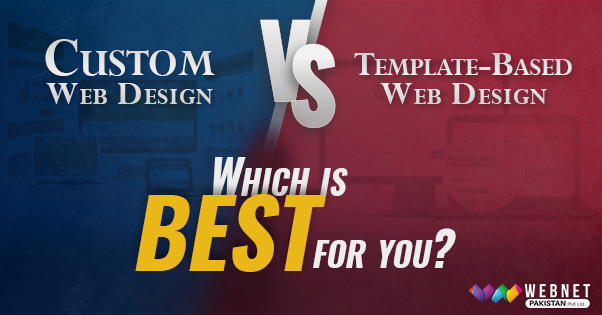

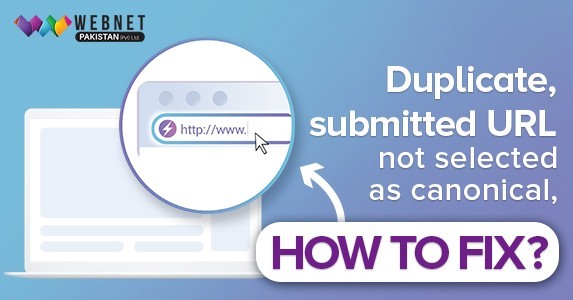
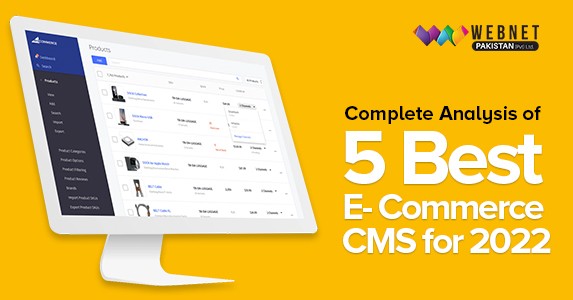

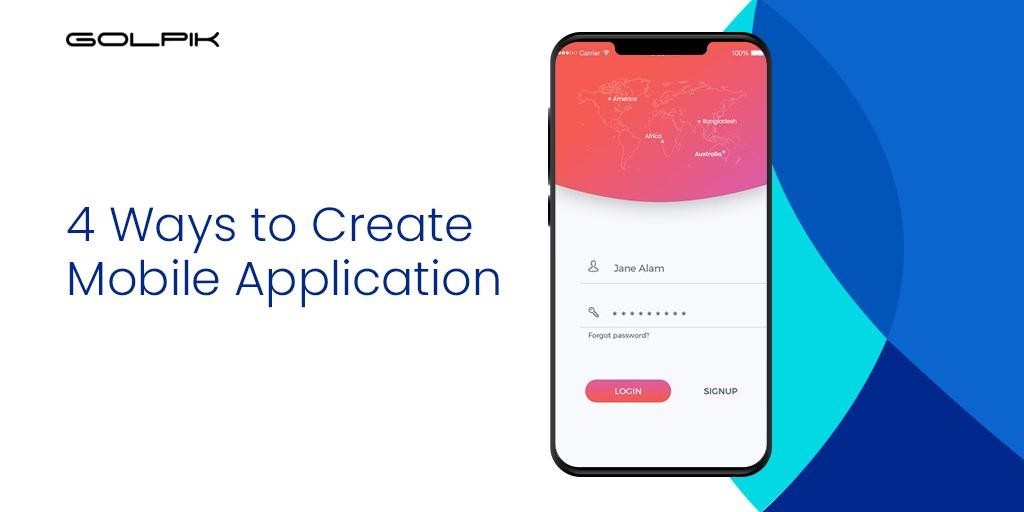
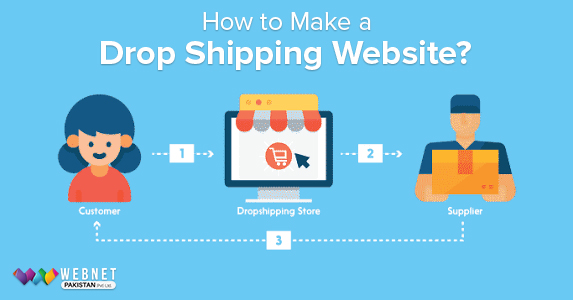

0 comment